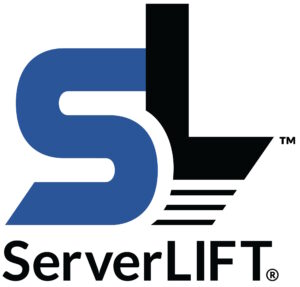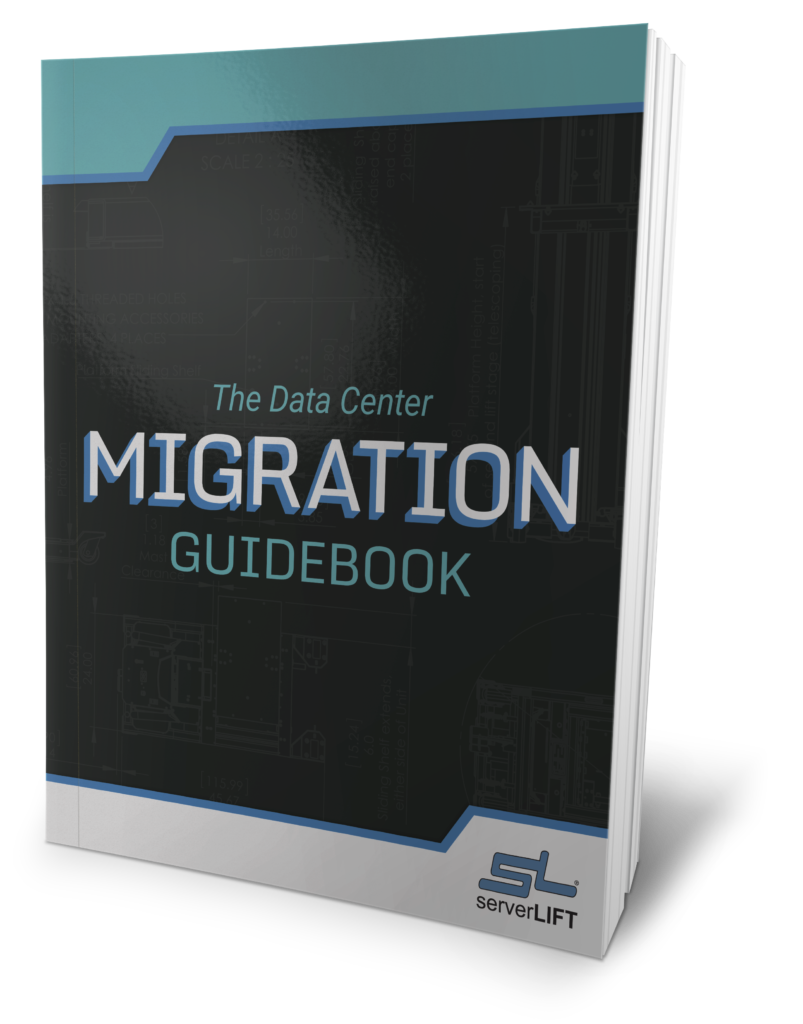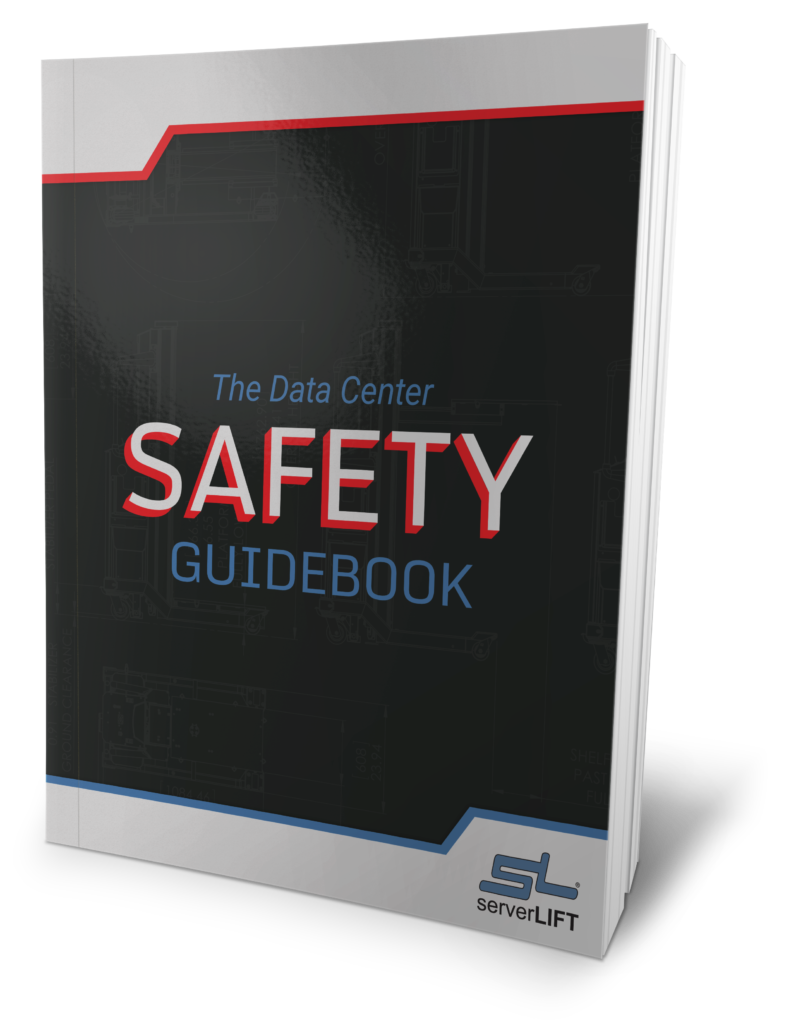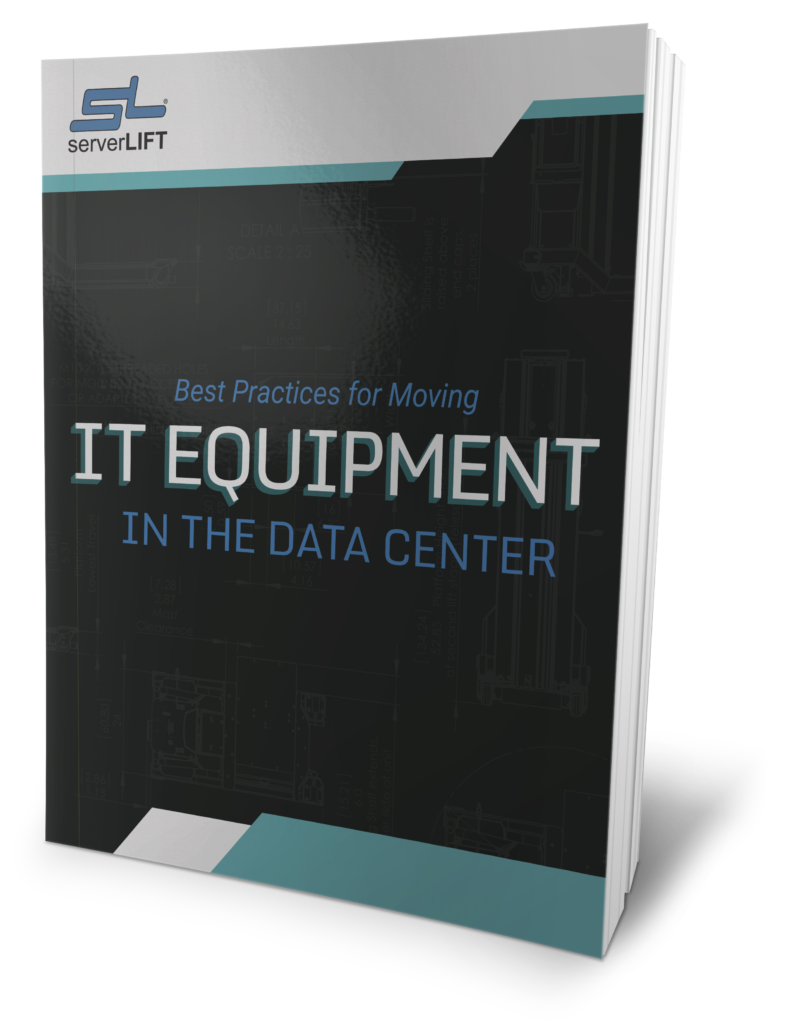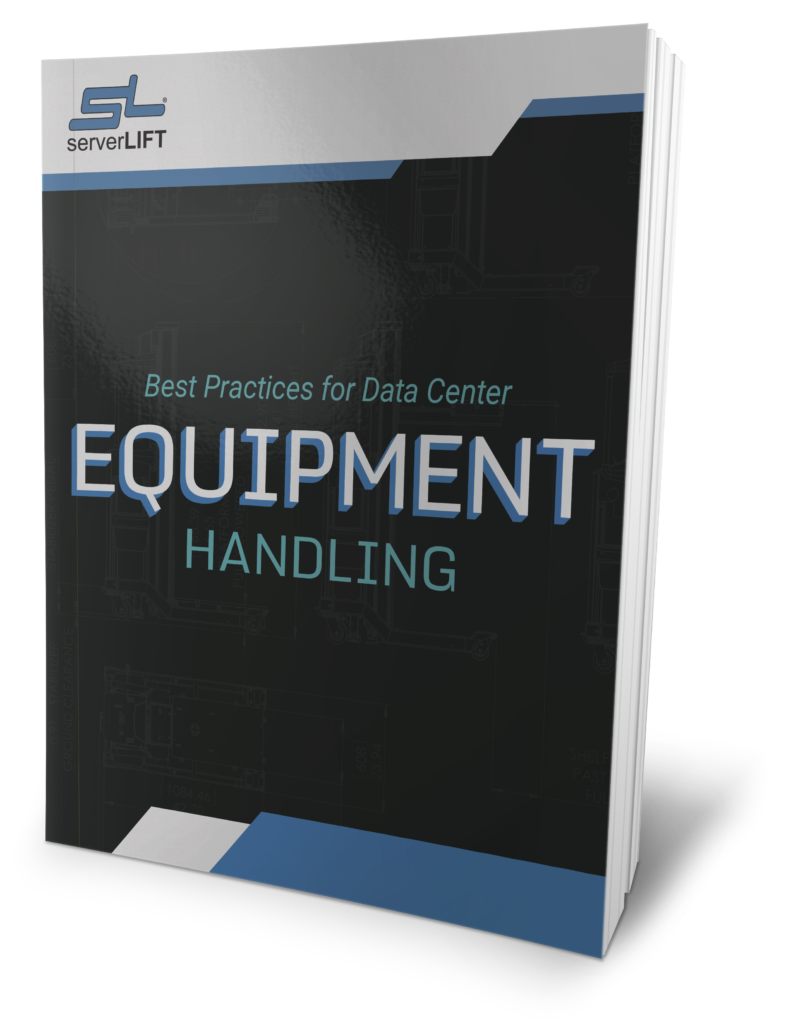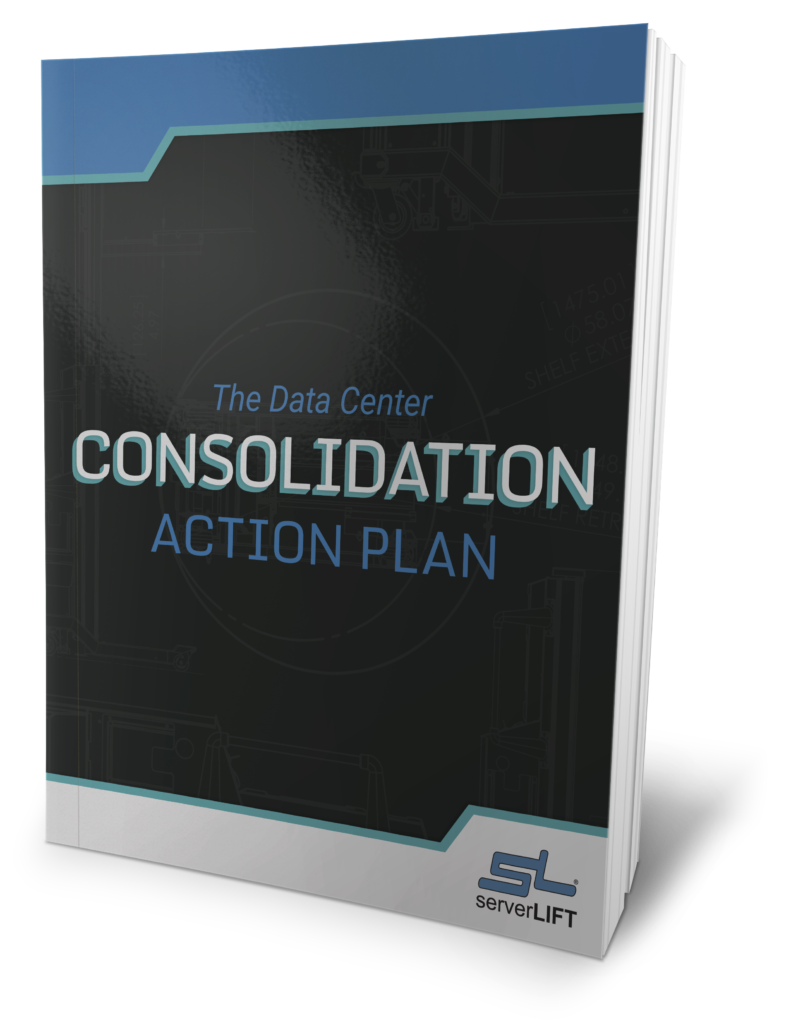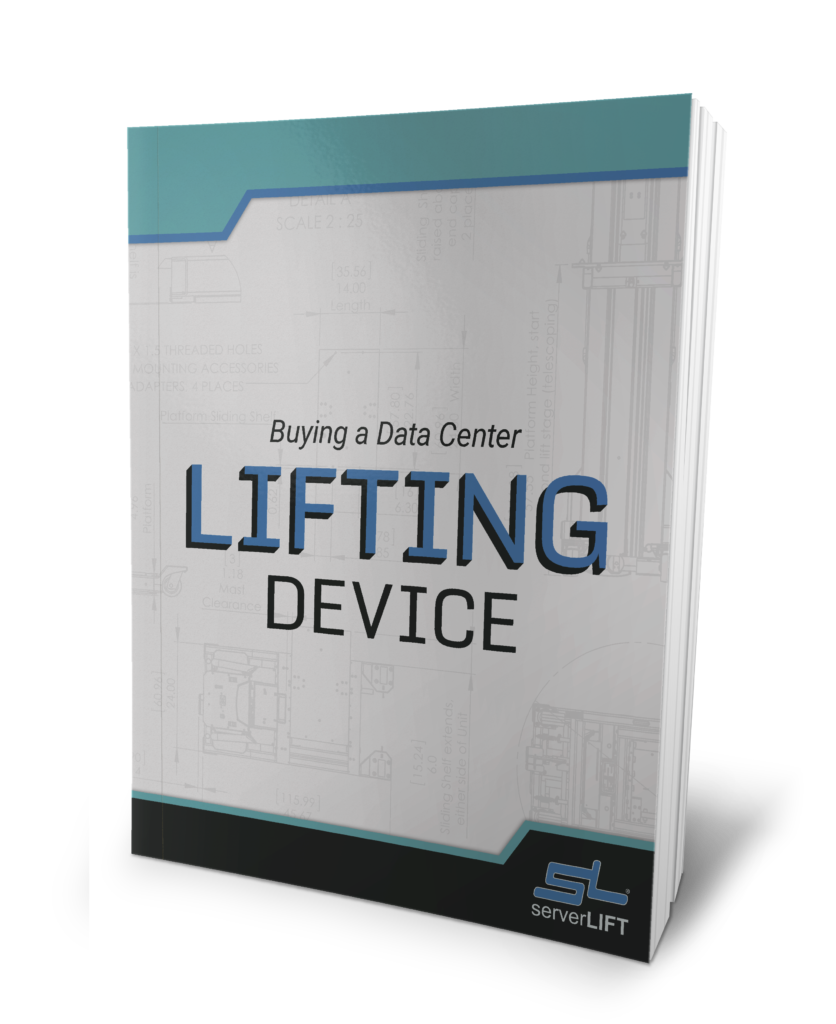Like any other facility, data centers get dirty and need to be cleaned periodically, optimizing server hardware. The thousands of intricate components and delicate connections that comprise server hardware are susceptible to common dangers such as dirt and dust. An unclean environment can put a facility at risk during a fire or other unforeseen internal occurrences. However, there are specific practices that are essential to effectively purge a data center and clean server hardware of unwanted grime without damaging equipment or disrupting service availability.
A data center is no ordinary building. Preventative steps should be taken when building a data center, because many of the regular cleaning practices for equipment can be ineffective, counter-productive, and may even contaminate the area. TechRadar contributor Mark Say recently highlighted several cleaning techniques that can affect the internal functionality of server hardware. For example, a vacuum cleaner can suck in particles from air ducts and end up distributing some of them on to the equipment. On the other hand, too much polishing can lead to microscopic dust clouds that can get lodged in and damage the hardware. Standby batteries, exhaust fumes, and “zinc whiskers” are particles on metalwork that form during recurring heat generation. These particles can seep into facilities and corrode equipment.
In many cases, the combination of complex server hardware and advanced cooling enclosures may mean that a specialist should be contracted to come in and clean the facility on a regular basis. While new cooling and power saving technologies can improve data center functionality, they can also introduce contaminating agents into facilities if they are not cleaned correctly.
In-House Server Hardware Cleaning
Companies can follow a few steps to ensure that they can purify their data center while keeping it online. The most important part, according to TechTarget contributor Robert McFarlane, is to exert more control over what comes into the facility. For example, operators should unpack and uncrate equipment outside of the facility. A separate area where all hardware can be unpacked and cleaned can cut down on contaminants brought into the server room. All support personnel, such as electricians and mechanics, should be required to wear clean clothing and cover-up to ensure that they do not bring dirt into the data center. The outside air supply should also be checked regularly for peak filtration.
It is vital to handle server hardware effectively during the unpacking, cleaning, and installation processes. ServerLIFT® has solutions that are critical during the clean-up process. ServerLIFT® provides server hardware that can assist with the moves to secure handling of all servers. Broken or damaged servers are expensive and improper handling can lead to damage that will eventually lead to a contaminating problem over time. It is important to use the best practices for treating and moving server hardware to keep the data center a safe and clean space.




